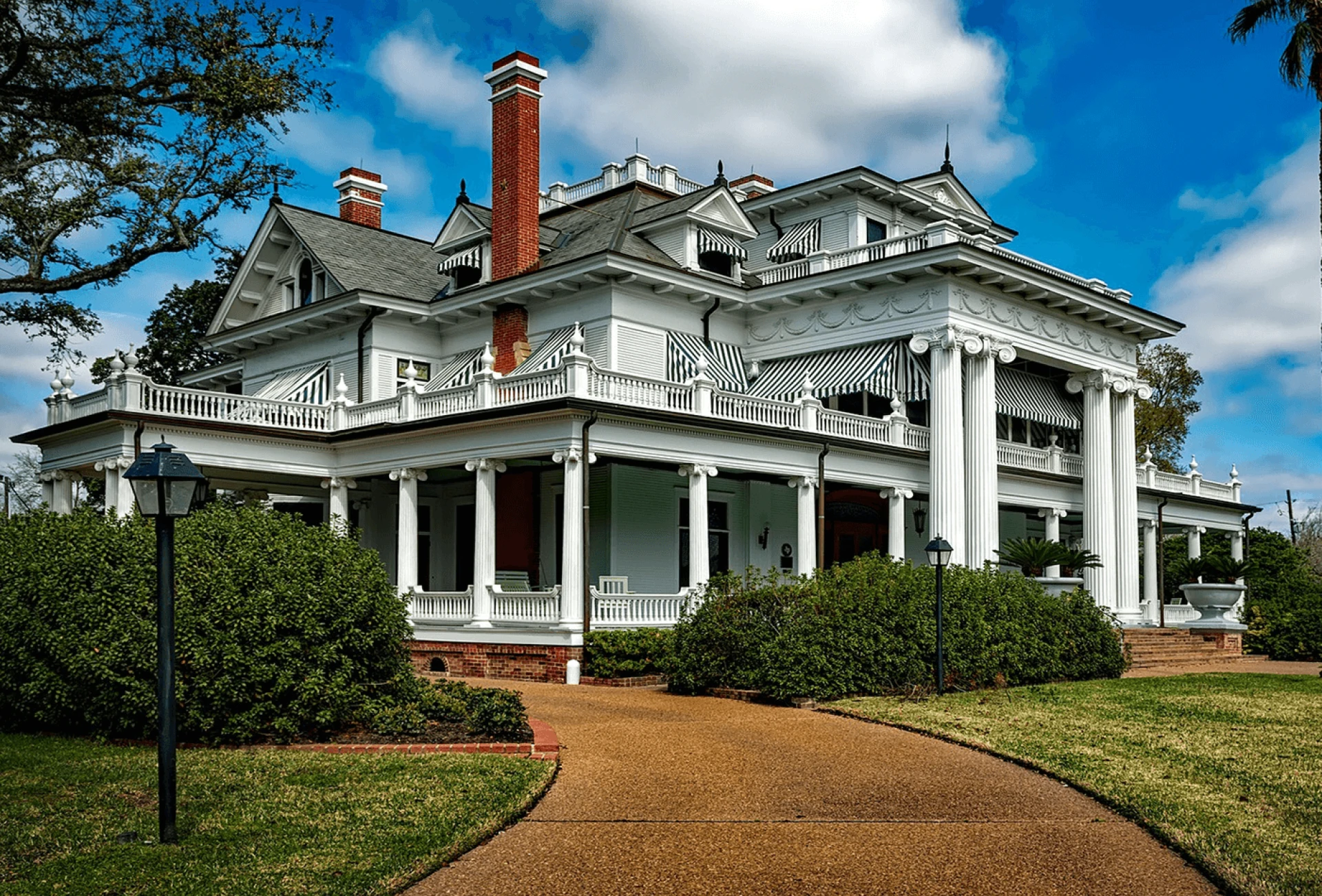Victorian Architecture
The term "Victorian architecture" refers to a whole period, which is the reign of Queen Victoria over the United Kingdom of Great Britain from 1837 to 1901, rather than merely a single architectural style. A variety of architectural styles, including early Gothic Revival, Folk Victorian, Greek Revival, Italianate, Second Empire, Stick, Romanesque Revival, Shingle, Colonial Revival, and the well-liked Queen Anne style at the end of the era, were combined to create the more than 60-year-long Victorian style.
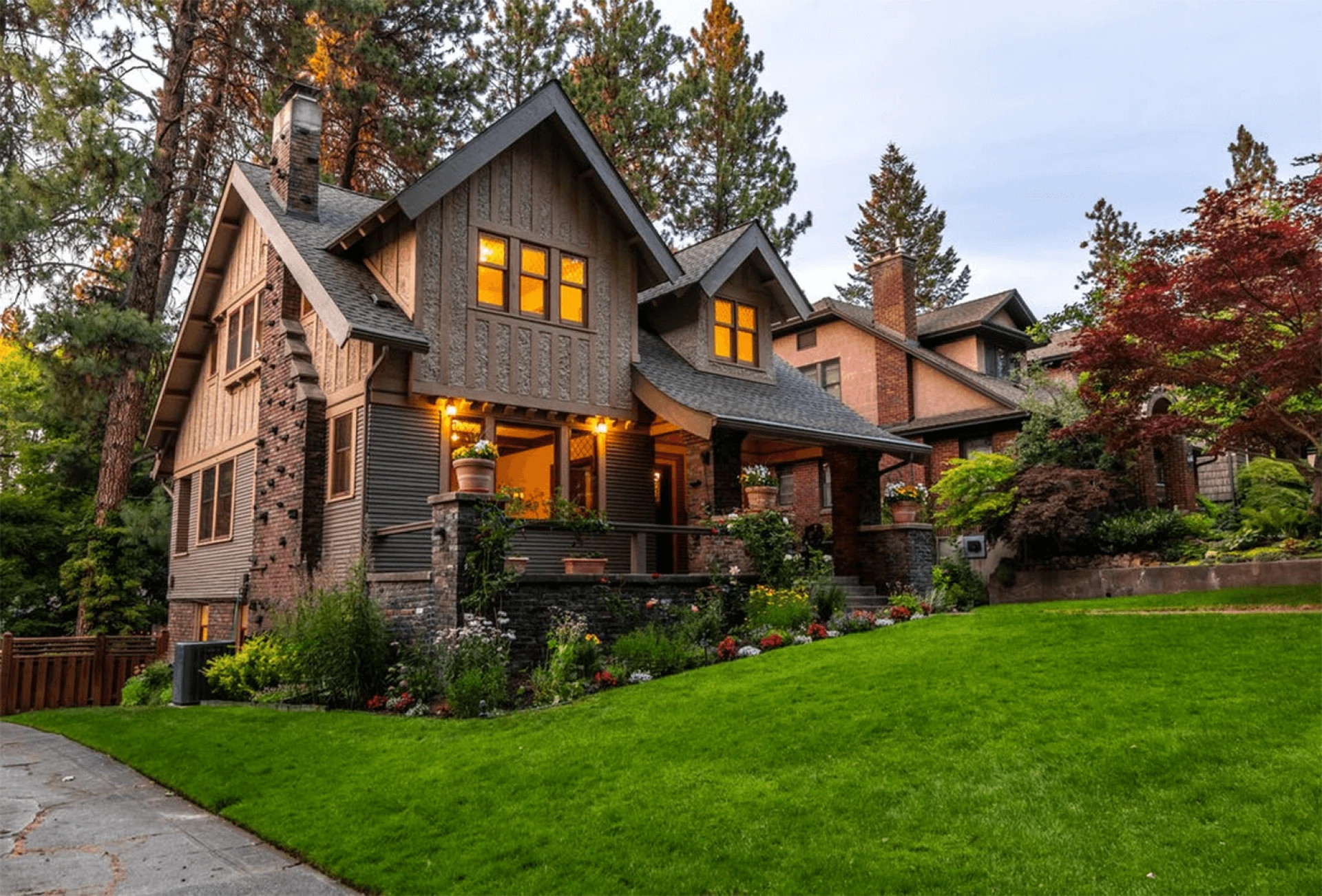
History of Victorian Architecture
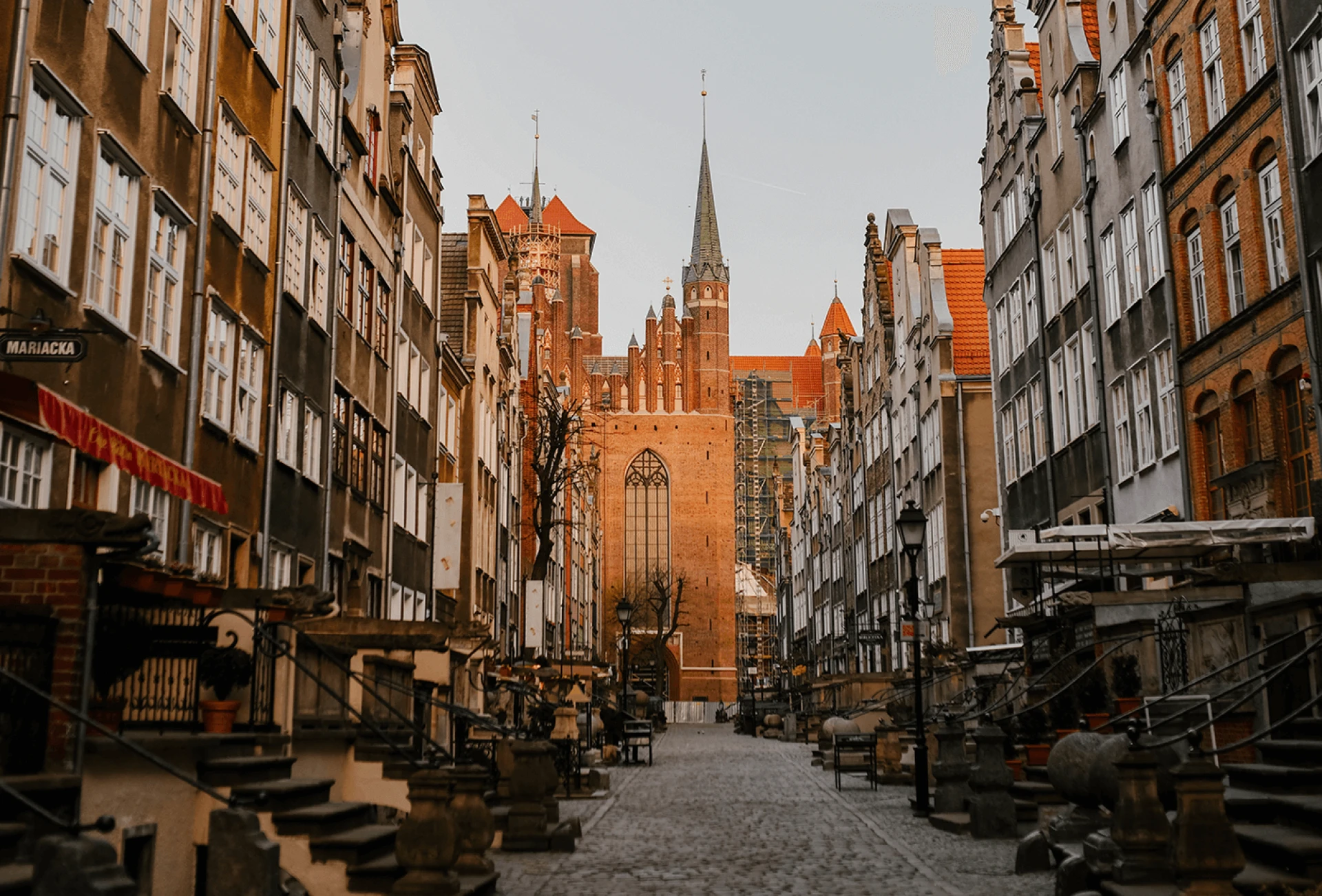
England\'s cities and towns continue to be predominantly characterised by the Victorian architecture that was born there. But a number of Victorian architectural styles also travelled abroad, landing in nations and areas including North America, Australia, and New Zealand, where they were modified to conform to regional aesthetics, lifestyles, and construction materials.
Features of Victorian Architecture
Victorian architecture is characterised by its unrepentant love of adornment and splendour as well as its extravagant interior designs. There are a wide range of architectural styles found in Victorian-era construction, here are a few characteristics that are prevalent in Victorian architecture:
Asymmetric Designs
There are countless examples of symmetrical Victorian structures, of course, since there are no set laws, but asymmetry is much more common in Victorian structures.
Presence of Gardens
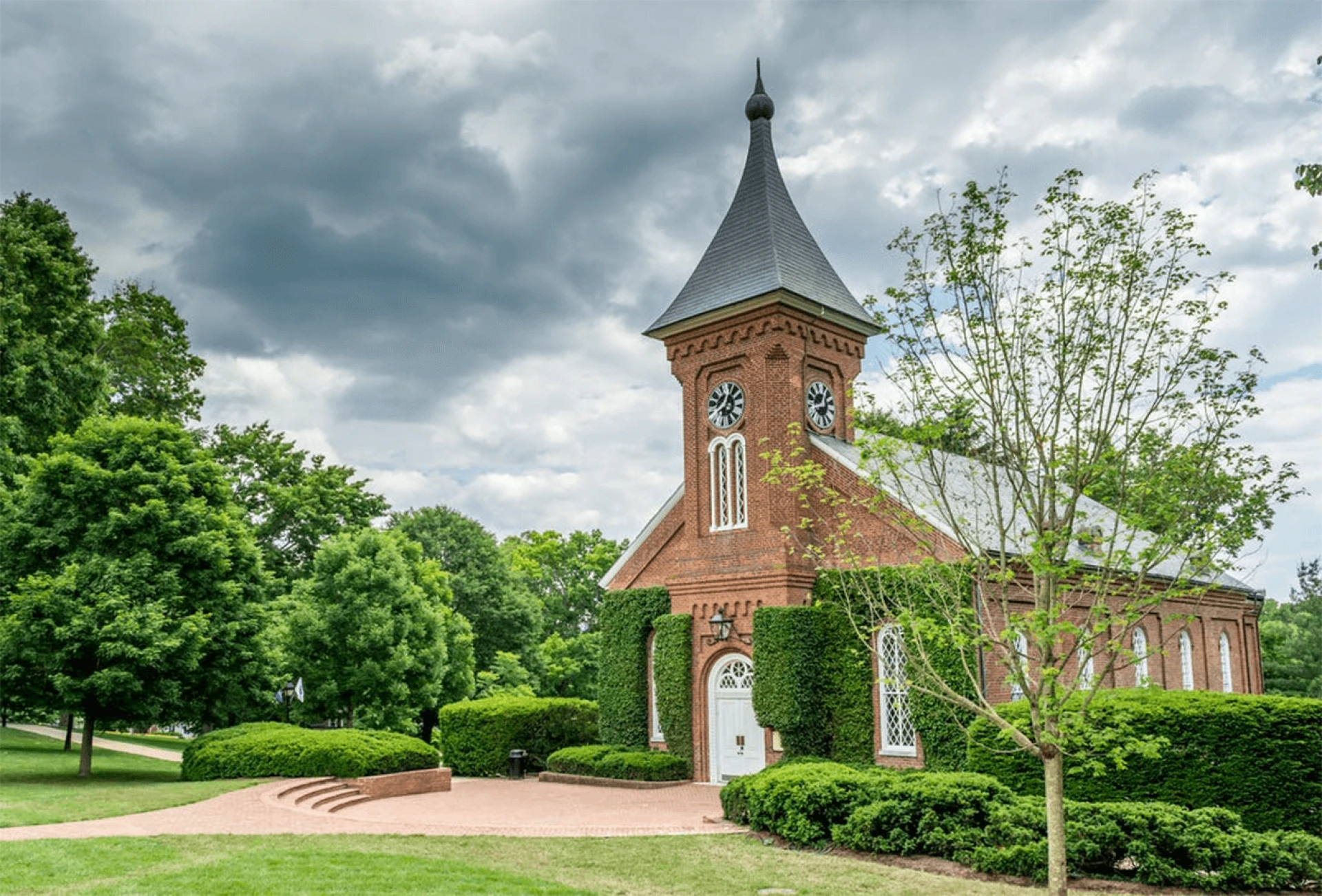
Gardens with beds and borders filled with vibrant flower colours and distinctive foliage colours were a common feature of Victorian era architecture.
2 to 3 Storied Houses
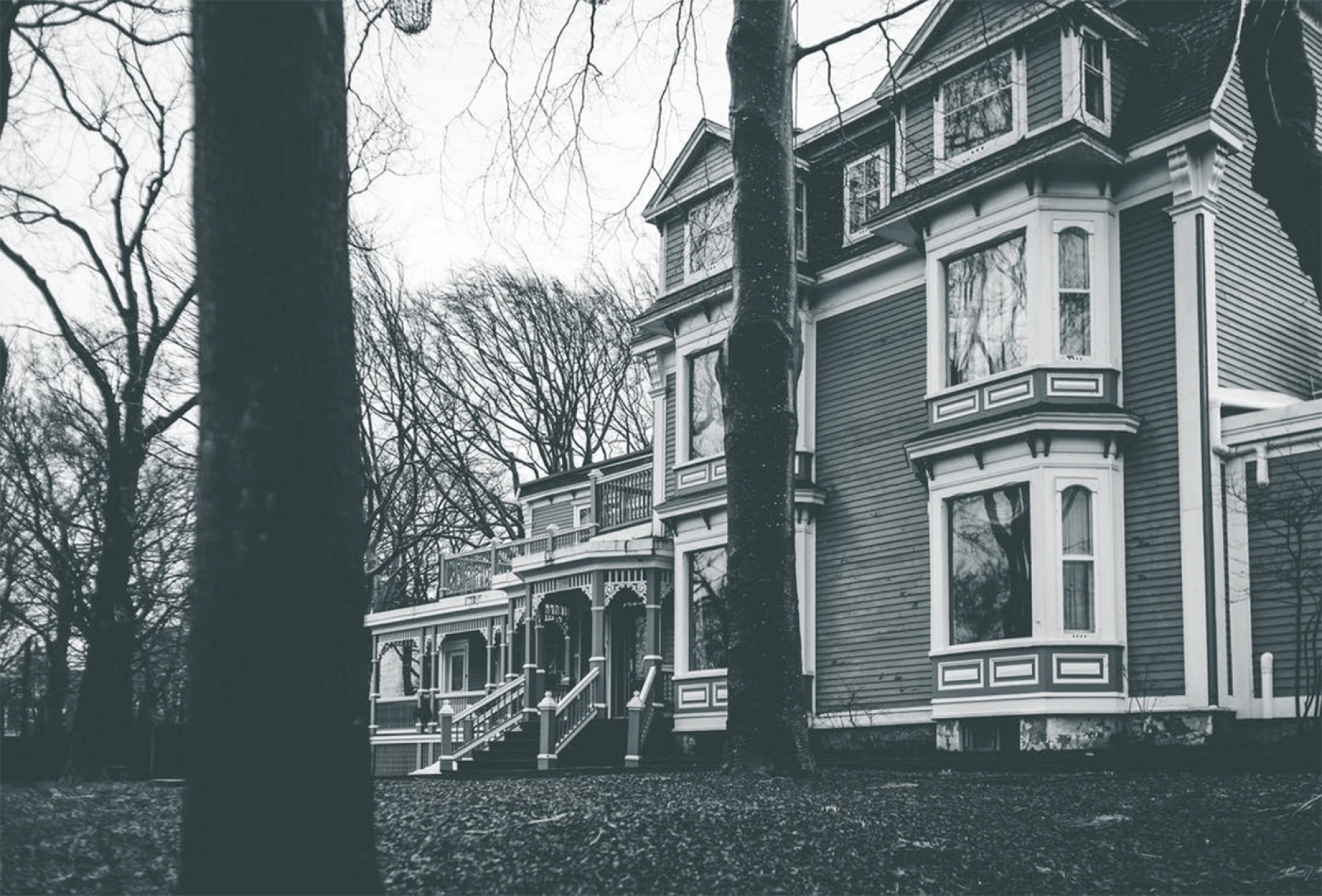
Typically, a Victorian home had two or three stories with several rooms on each floor, each serving a certain purpose. It was very typical to have two to three floors with a cellar or basement as well.
Steep Roof Designs
Typically, Victorian-style homes had steep roof designs, angled at 48–51°.
Fancy Gable
With intricate scrollwork and curving embellishments, Victorian gable trim emphasises craftsmanship. These traditional pieces provide wonderfully intricate, eye-catching aspects to practically any design. The intricate decoration on the gables was resistant to warping, cracking, and peeling.
Iron Railings, but Coloured
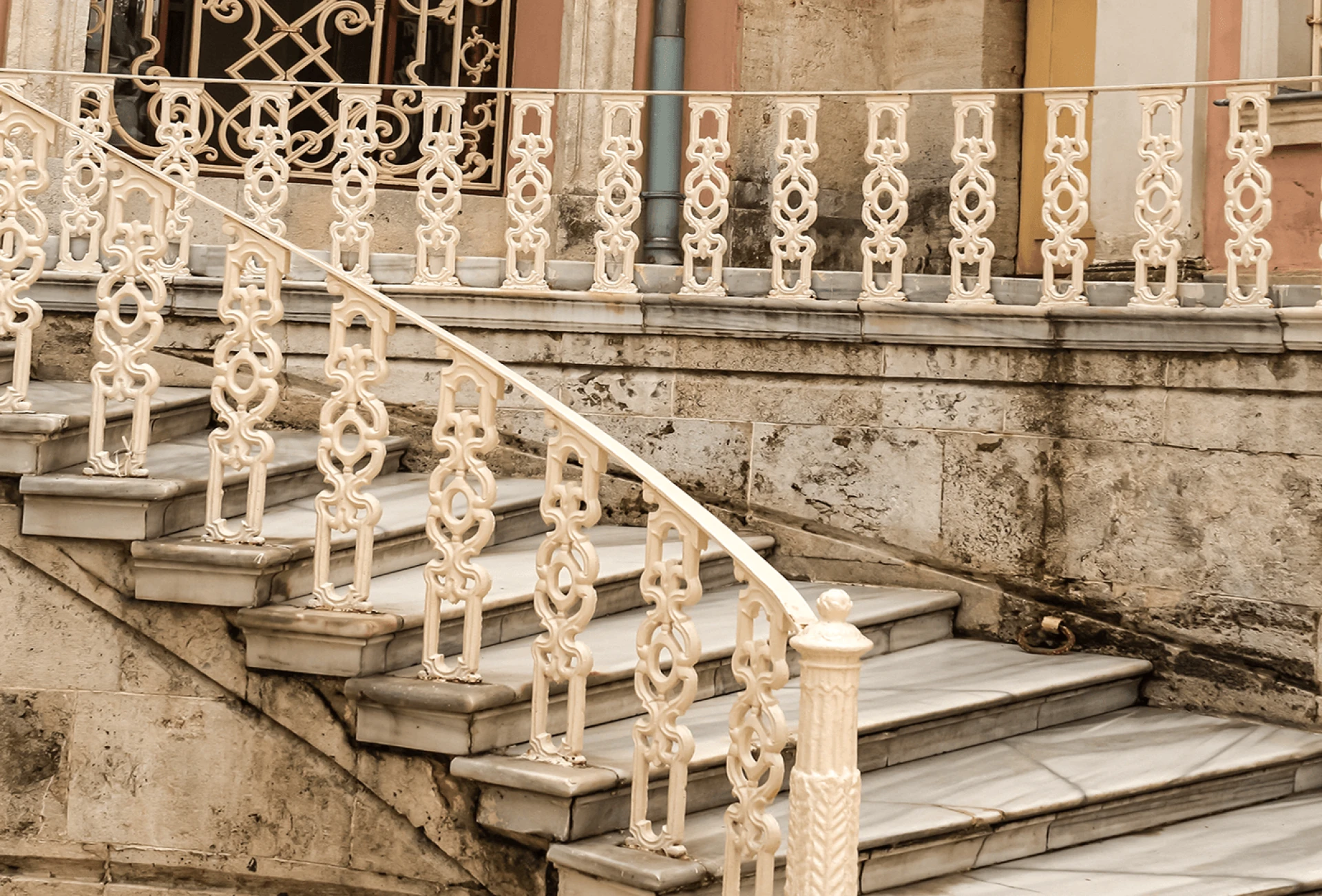
Unexpectedly, railings were rarely black or white, two of the most popular colors in usage today. Victorian railings were typically painted a dark green or stone color.
Painted Bricks (Either Plain or Colourful)
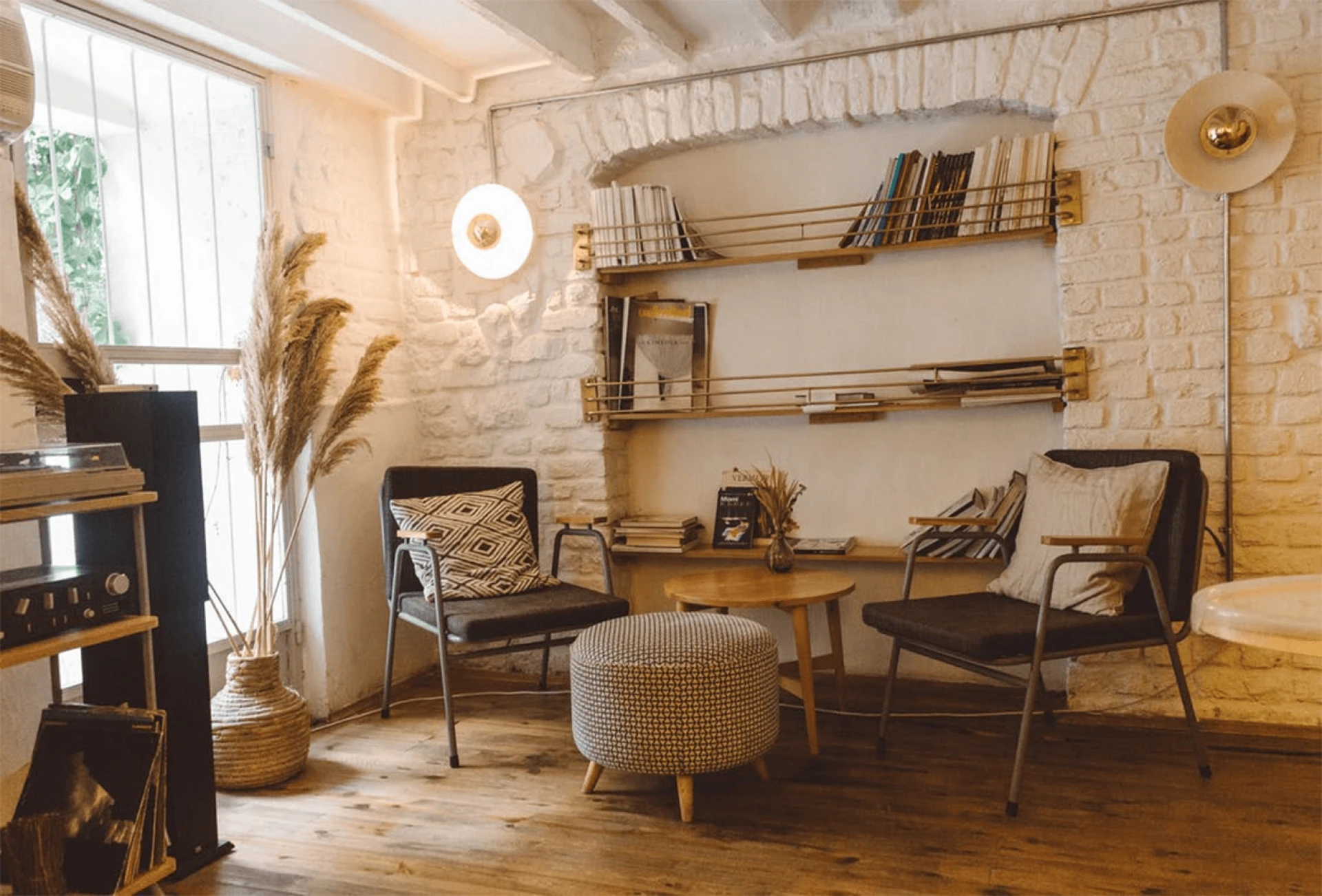
The brick painting will not go out of style anytime soon. The trendy aesthetic of painted brick exteriors is here to stay since new homeowners prefer it to conventional unpainted brick exteriors. The same is true for brick siding; you may always change its color if you desire.
Antique Gilded Mirror
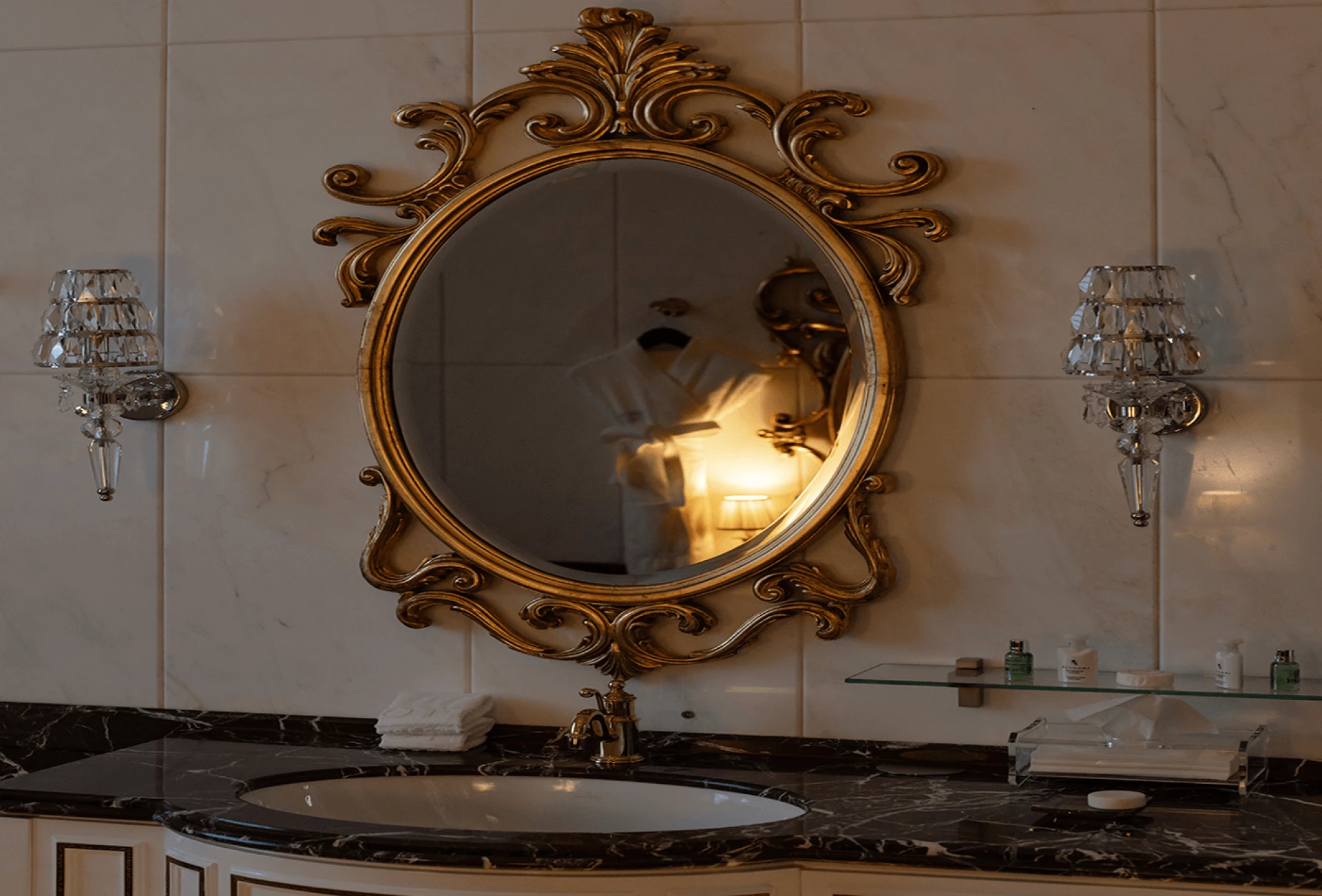
Mirrors from this era were notable for being large or complex, and they frequently adopted styles from earlier eras. Typically, Victorian mirrors have the most ornate carvings and designs. Antique mirrors are frequently made of glass that has been chromed, gold- or silver-plated.
Windows that Project Outwards
The traditional modern bay window is essentially a canted bay window. These bay window styles have a flat front and two angled sides.
Sliding Sashes
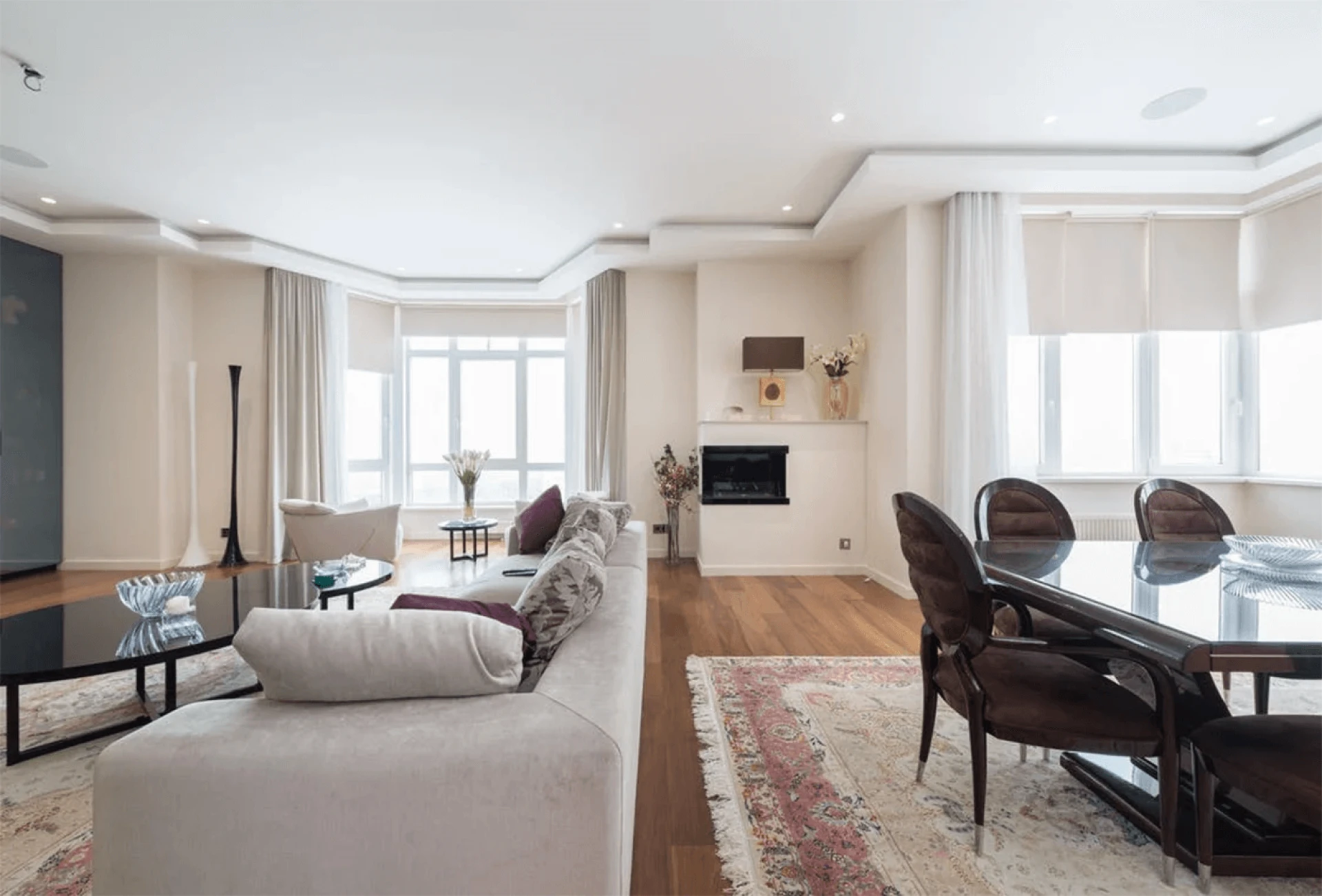
In a typical bay window space, sash windows can be installed, and if you have a box bay window, we can install a box sash to accommodate this particular frame type. The windows we provide look real, but they work with both classic and modern buildings.
Spacious Lobbies
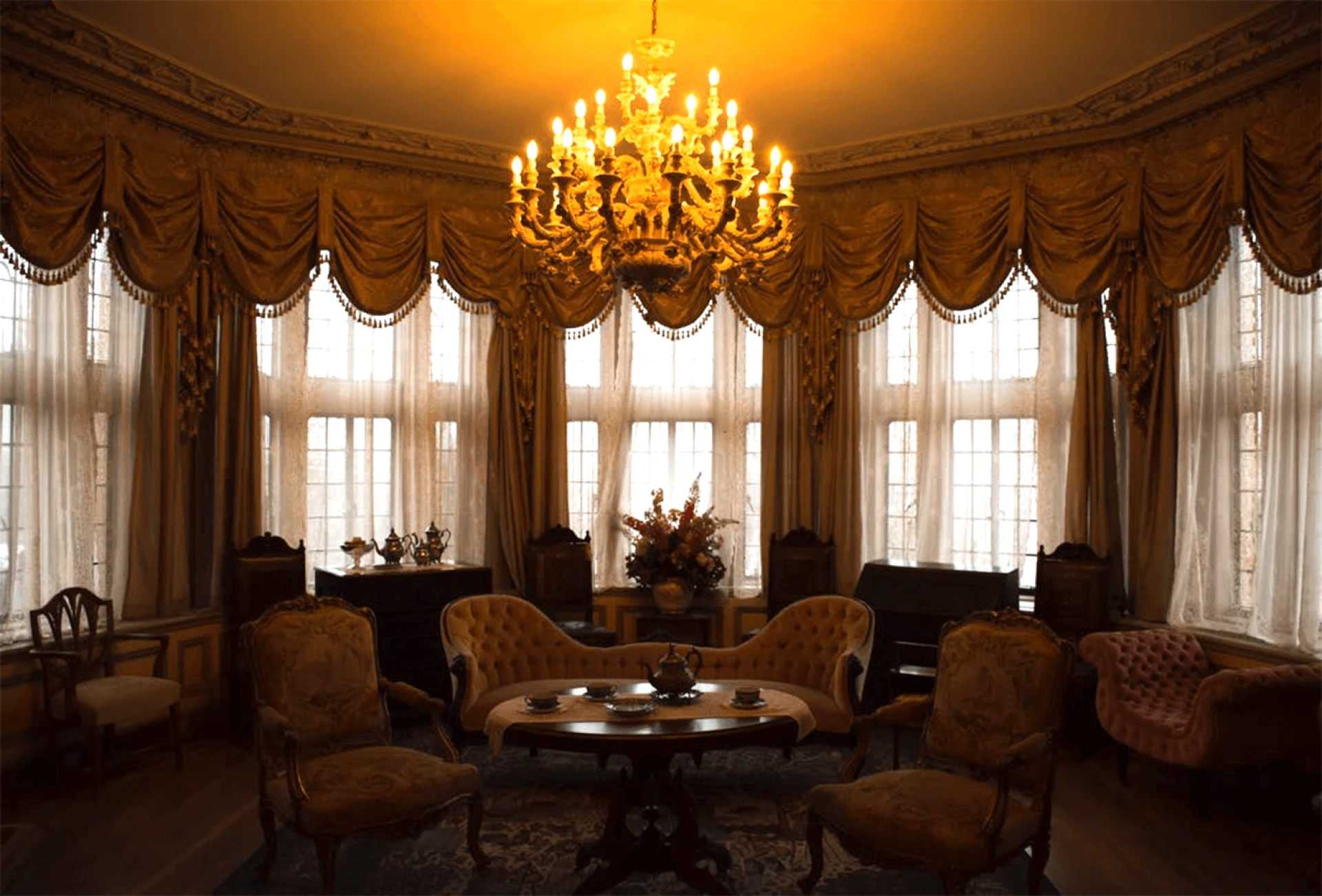
A wraparound porch, which extends along several sides of a house\'s façade, gives you the freedom to quickly alter your view or position in response to the ebb and flow of the sun. Create designated areas for outdoor living and dining, or arrange patio furniture to create a comfortable place to unwind.
Difference Between a Modern Home and a Victorian Style Home
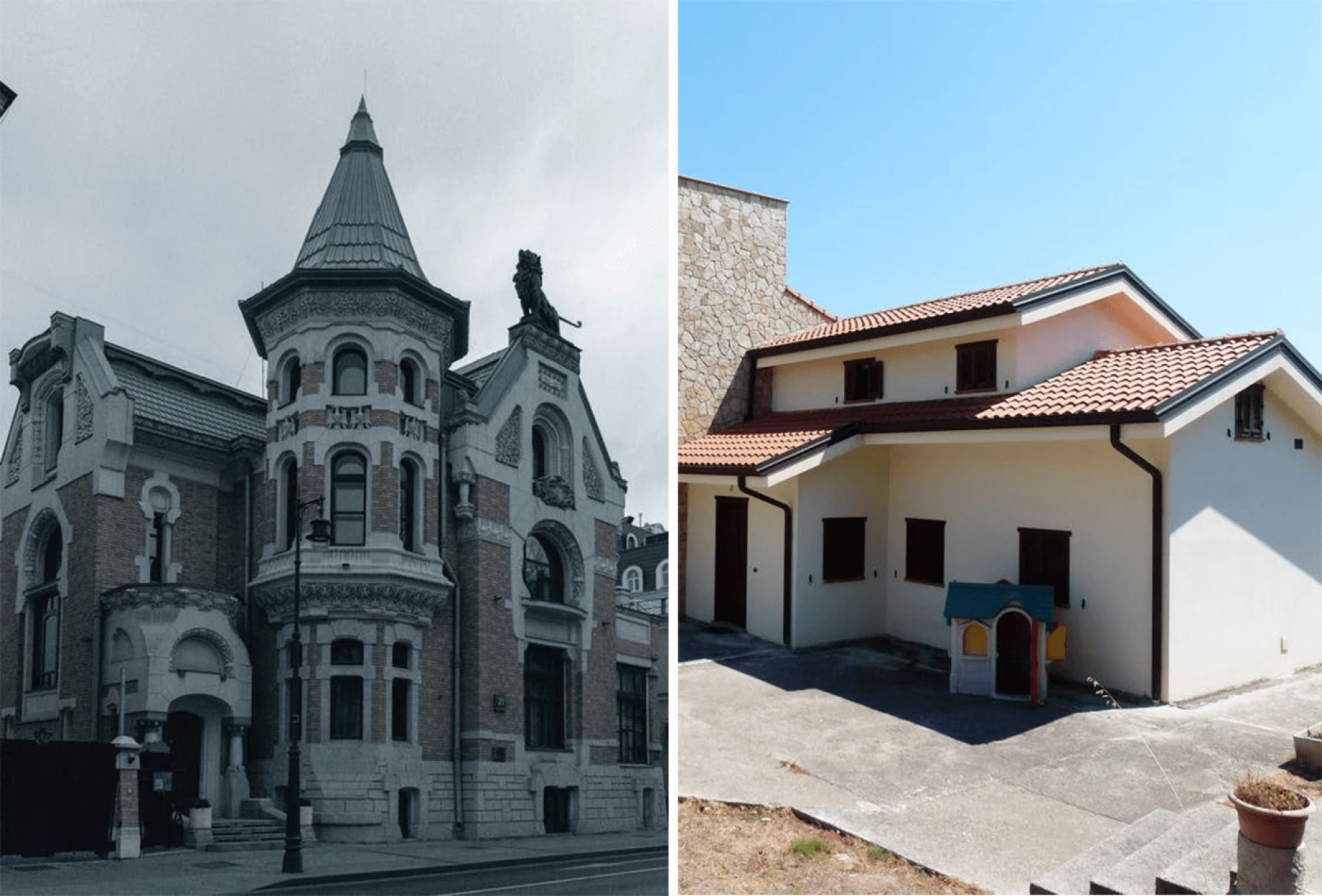
The interior design of a modern home is the biggest distinction between one built in the Victorian architectural style. Any sort of home construction is a fun project that involves careful planning and financial management. Make a budget plan and stick to it, or employ an architect or designer to help you stay under budget while realising your vision since when you choose more intricate, decorative features, you can quickly go over your budget.
Which Colours to Choose for a Victorian-Style Home?
Victorian mansions were most frequently decorated in rich colors like red, green, and amber. On walls, ceilings, cabinetry, fabrics, and furniture wraps, these three colours would be combined with additional rich tones.
Floor Style for a Victorian Design Home
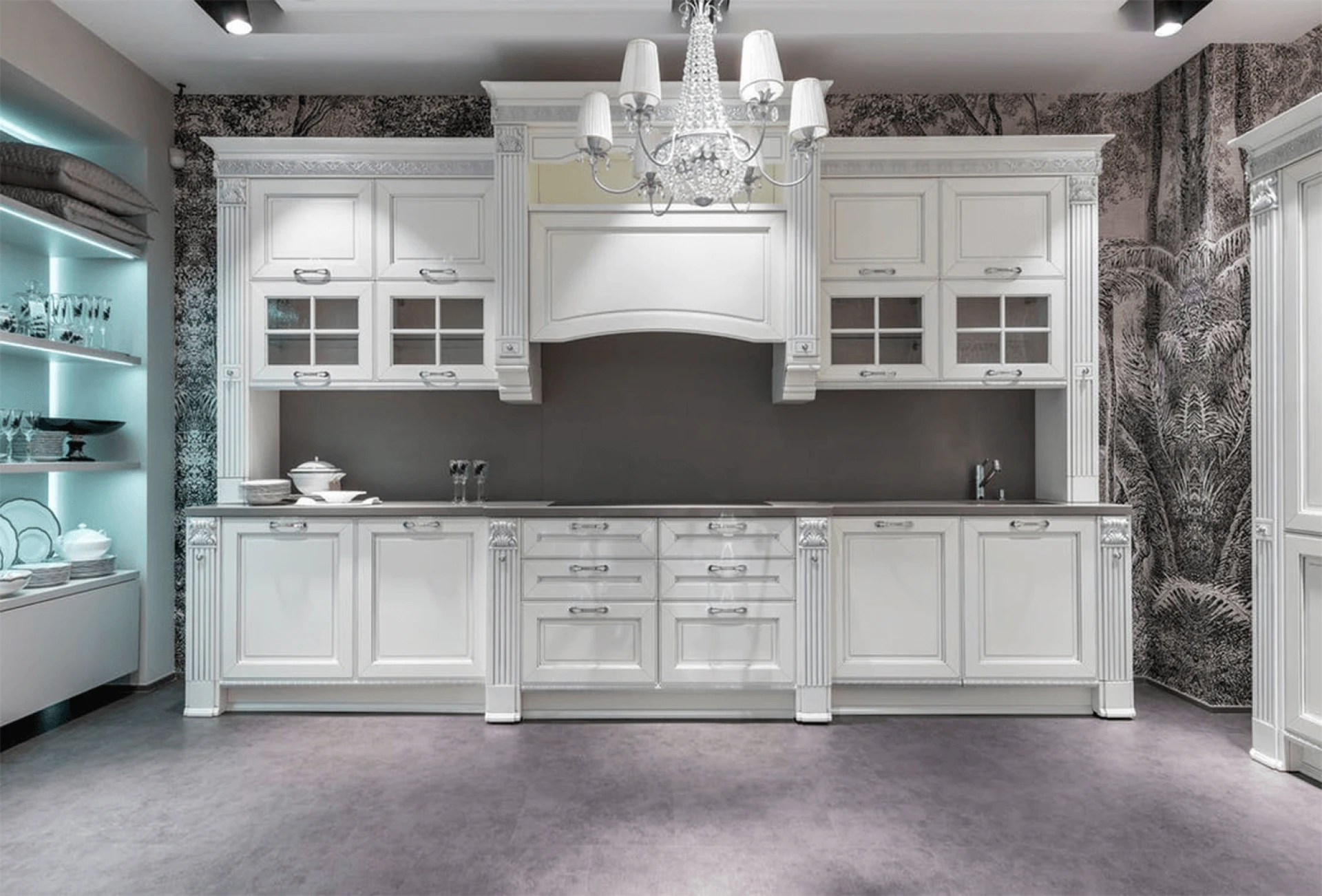
Large Victorian homes frequently had hardwood floors made of trees like oak, maple, and walnut. The hardwood flooring in the more opulent residences were inlaid with planks of various colours arranged in geometric designs. Parquetry was the name of this particular subgenre of decorative art.
Victorian Kitchen Style
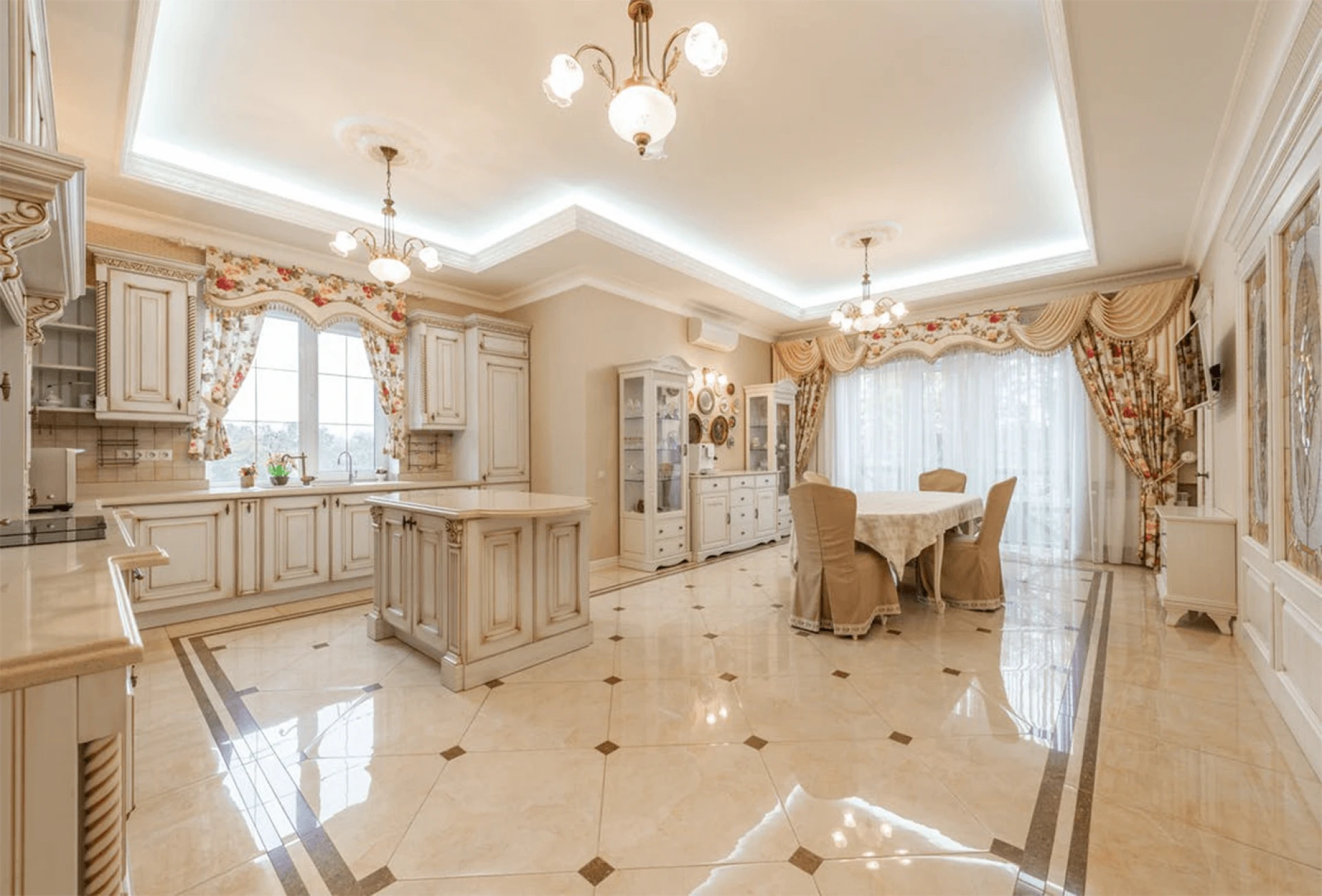
The emphasis on freestanding furniture and cupboards, as opposed to our modern kitchens where everything is built-in, is one of the key characteristics of a Victorian kitchen.
COSMIC BLACK GRANITE
Available Soon |
Designing a Victorian Style Kitchen
Pietra Grey Quartz
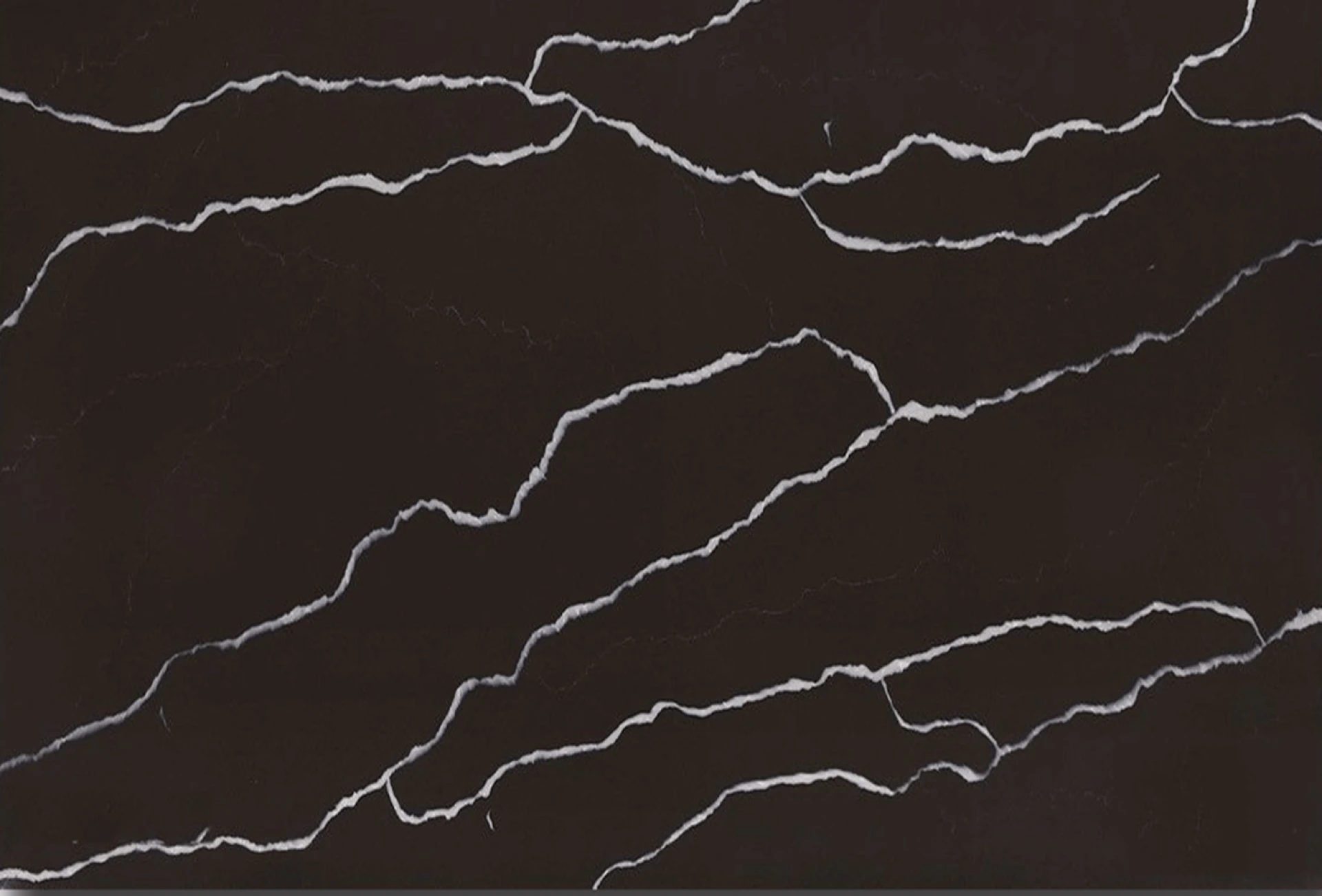
If you want a dark surface, Pietra Grey Marquina, with its grey background and sporadic white veining, is the best option. This dark grey marble, which has been mined in the Middle East, perfectly complements the architectural features of your Victorian home. Additionally, it improves it further without effort. For your environment, it delivers a subtle elegance and timeless beauty. The marble can be finished in a variety of ways to properly fit your décor. Additionally, it comes in thicknesses of 20mm and 30mm, which are perfect for any vertical and horizontal applications you would want to design.
Carrara Marble
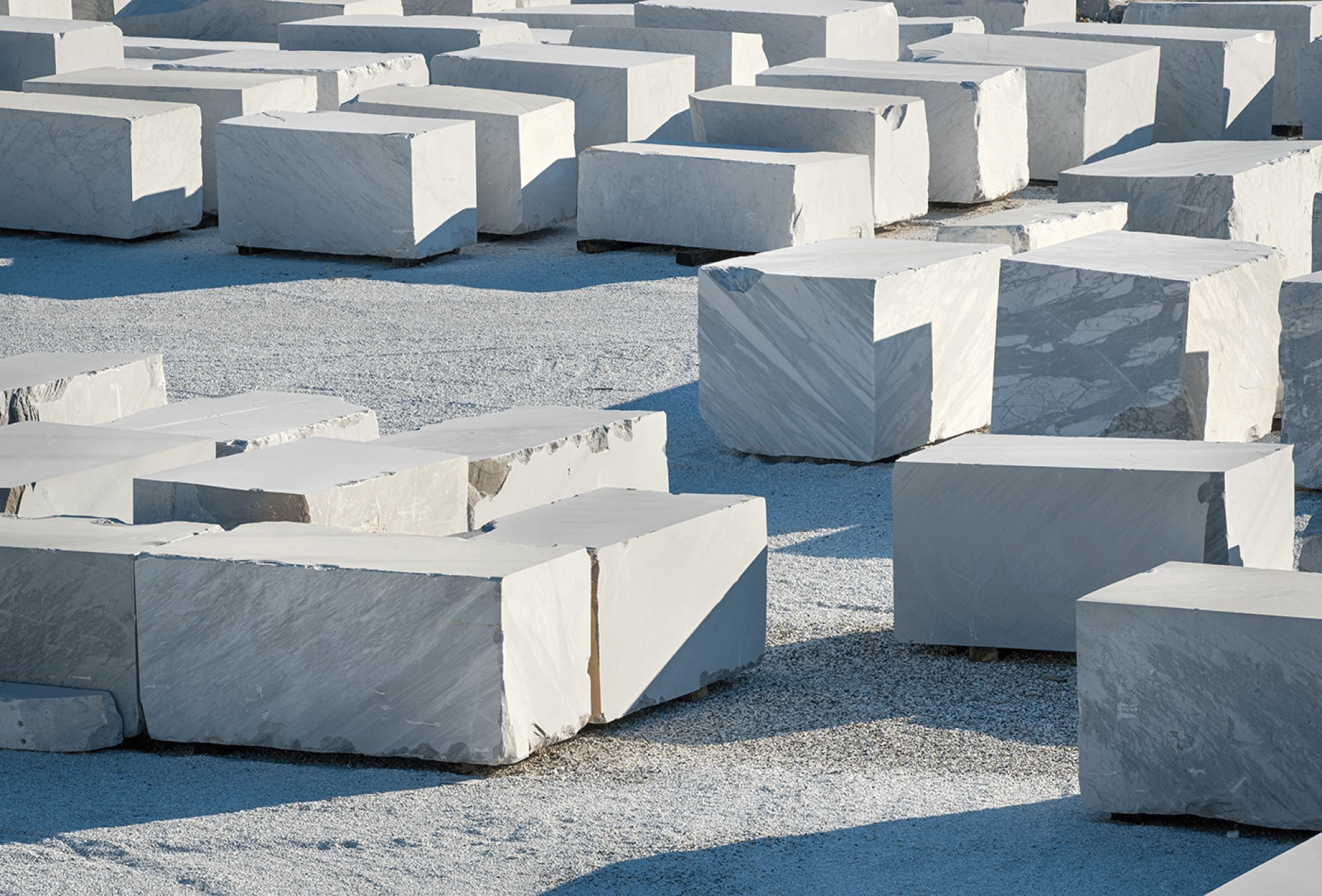
The Carrara Marble, one of the most well-known marbles available, is mined in Carrara, Italy. In addition to interior residential projects, architectural decor and sculpture frequently make use of it. The traditional white marble with grey veining is incredibly adaptable and works well with many other design aesthetics, including Victorian. Contrary to popular belief, marble is a strong stone that, with proper maintenance, is incredibly resilient and long-lasting. Due to its classic attractiveness without being overbearing in its presence, Carrara marble has grown in popularity recently.
Breithom Quartz
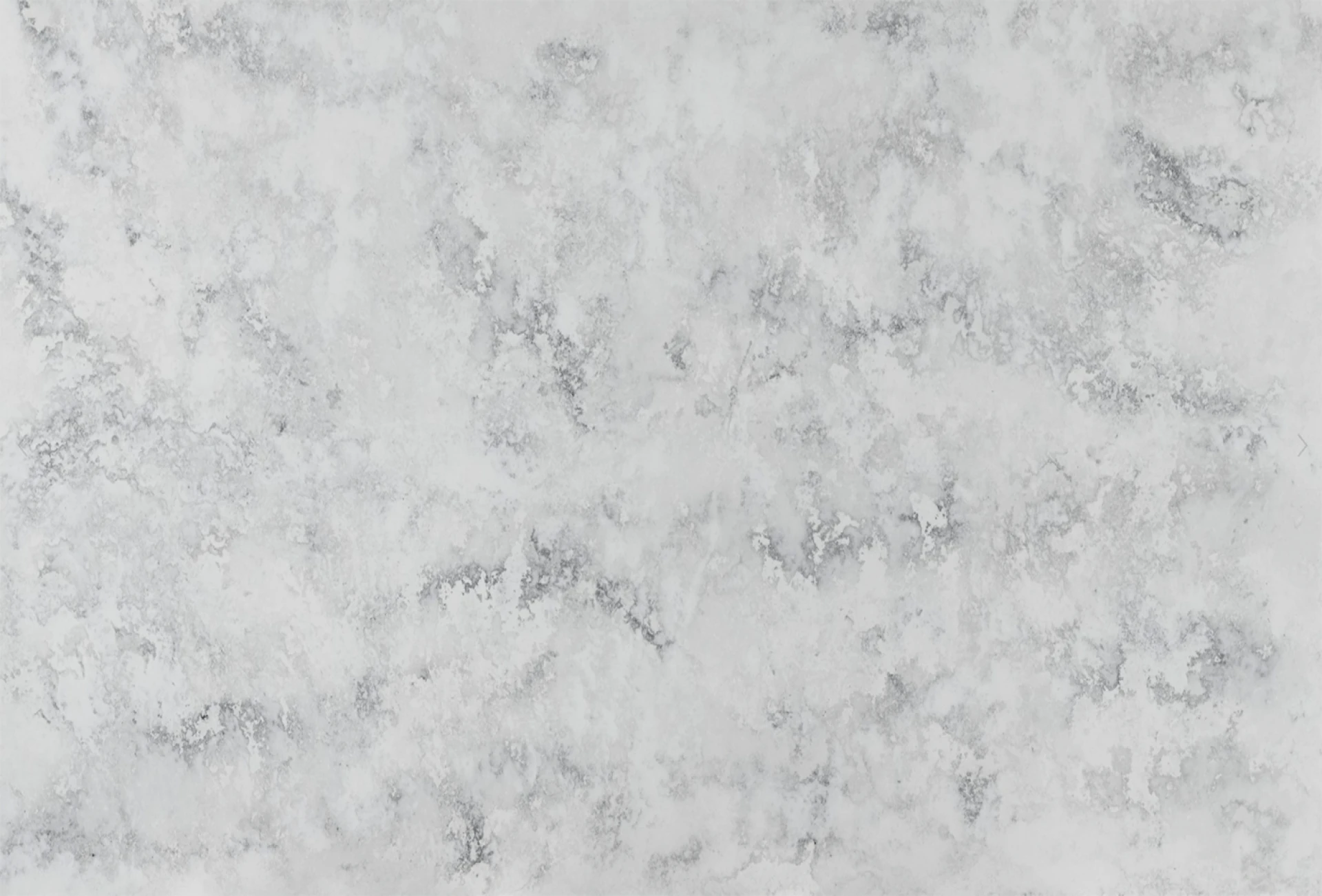
Breithom Quartz is renowned for having a white backdrop and regular grey veining dispersed across a white surface. The dramatic beauty of this marble might produce the desired results if you want your kitchen countertop to be the centre of attention in your room. To complete a regal design that is also quite common in Victorian homes, you can choose a book-matching style.
Rosa Salmon Marble
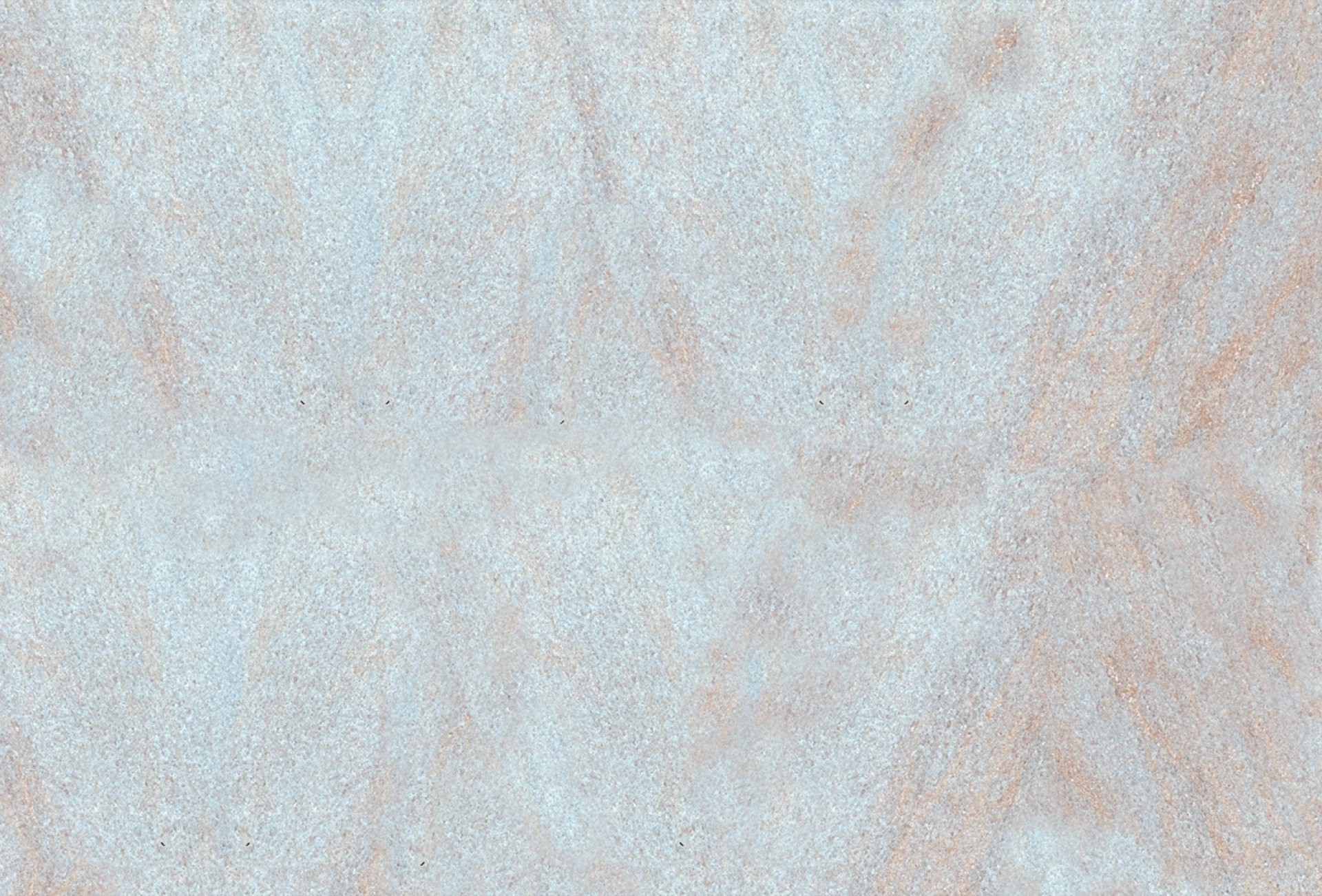
There are plenty of alternative colours for your Victorian home, despite the fact that white and black marble are popular choices. A pink marble kind called Rosa Salmon Marble is mined in Mexico. The stone gives your kitchen a delicate touch with its distinctive light-pink backdrop and white vein patterns all over the surface. In addition to its distinct beauty, if money is limited, you can choose this marble alternative because it is reasonably priced. This pink marble is adaptable for any of your projects because it is offered in a variety of finishes and thicknesses.
Do Victorian Homes Cost More?
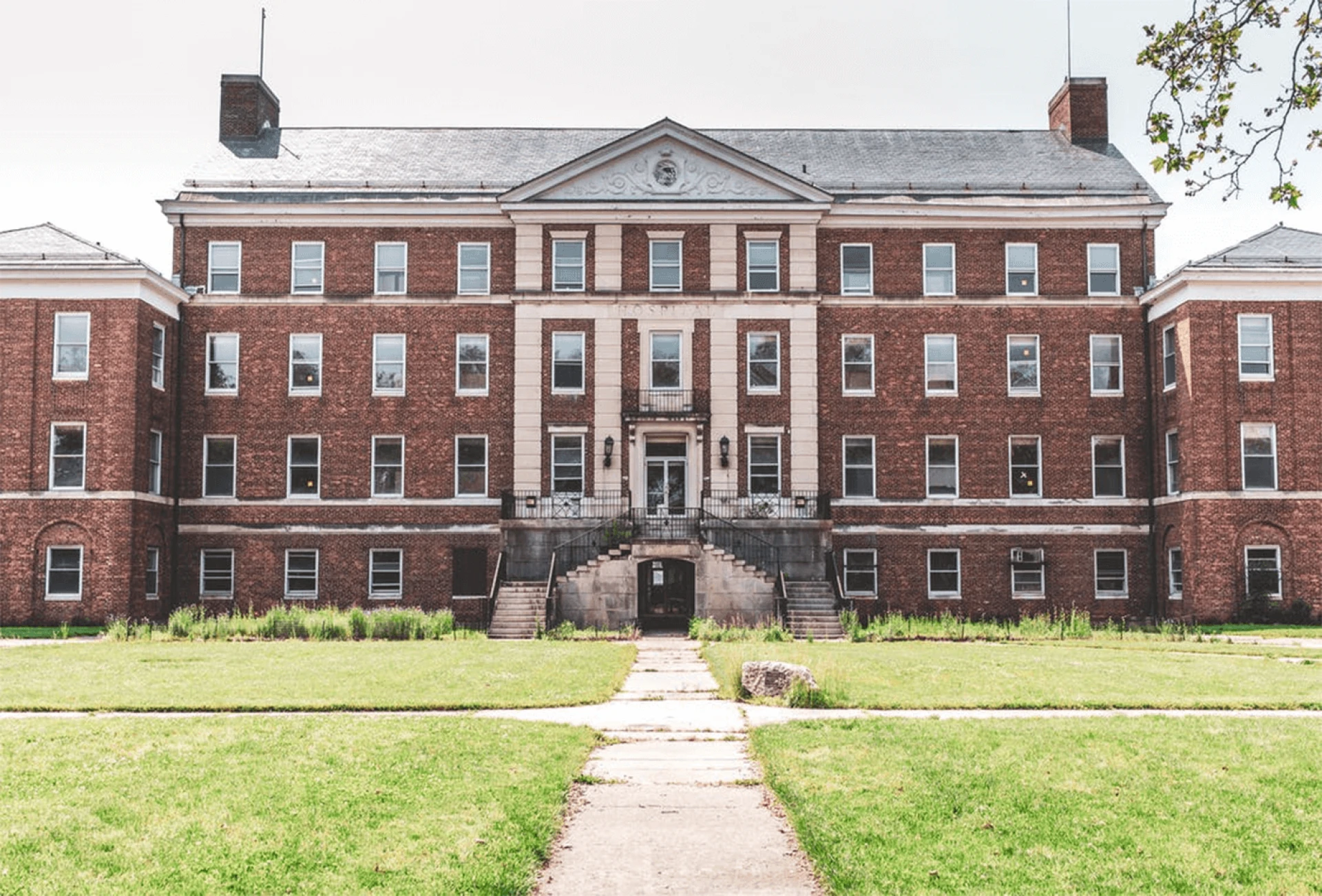
If you want to build an authentic Victorian style home, you can expect to spend between $65,000 and $350,000 to build the home. While this price may not seem high in comparison to other homes, it may not include all the intricate details of a genuine Victorian-style home.




